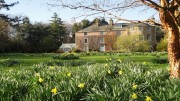9 MIN READ TIME
Top 6 Archaeological Sites to Visit in Fife
Home to world-class golf and Scotland’s oldest university, Fife also has a rich collection of archaeology.
04 April
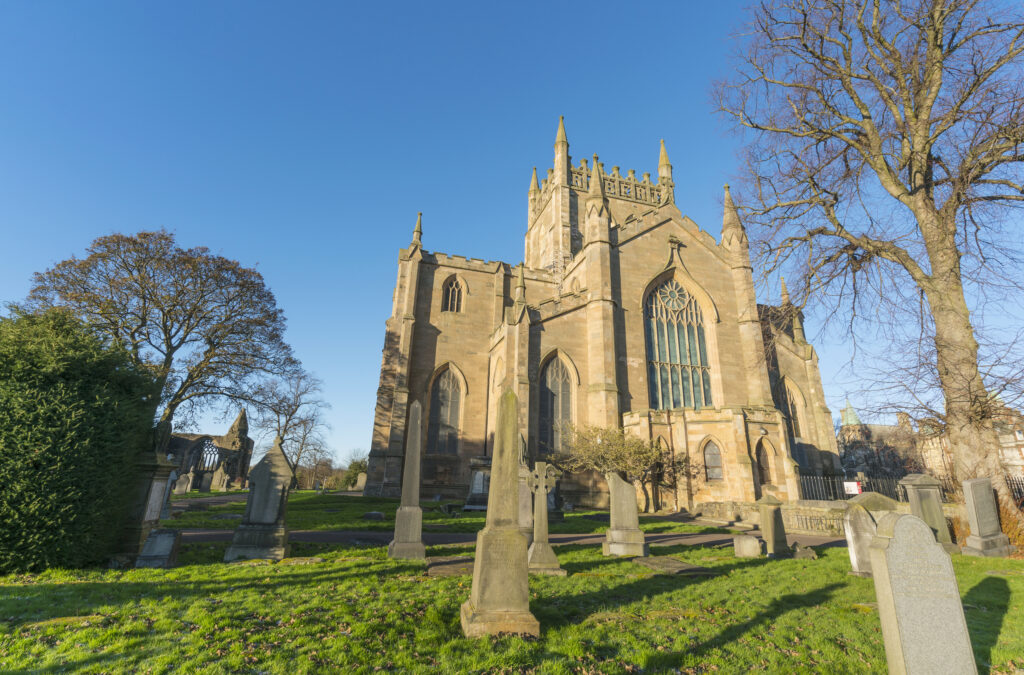
Lundin Links Standing Stones
The huge megaliths (large stones) stand between 14 and 17 feet tall. These three sandstone pillars (a fourth stone went missing in the 18th century) may have been part of a bigger stone circle dating back to the Bronze Age, which ended around 2,800 years ago.
Over the centuries, many suggestions have been made as to why they were built. Some say that they’re the gravestones of Danish chiefs who were defeated by the legendary warriors Banquo and Macbeth, while others suggest that the site has astronomical significance or played a role in ancient rituals.
The standing stones are part of broader prehistoric landscape at Lundin Links. There are reports of early excavations uncovering cist burials (an ancient coffin or burial chamber often made from stone) between the stones, and a severe storm exposed skeletons and long cists on the beach less than a kilometre away in 1965. Excavation soon revealed part of a cemetery, which radiocarbon dating indicated was in use for more than a century over 1,300 years ago.
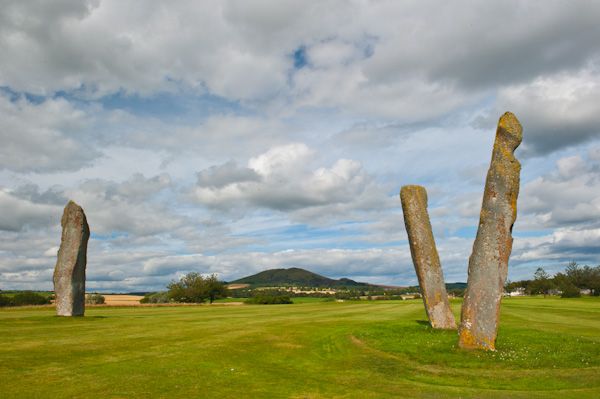
St Monans Salt Pans
Further north along the coast, you’ll find the remains of a booming industry: the St Monans Salt Pans.
In the 1790s, salt was Scotland’s third-largest export, after wool and fish. It was so valuable that it was referred to as “white gold”, with companies willing to burn eight tonnes of coal to make just one tonne of salt. The remnants of nine salt pan houses and a restored windmill at St Monans are a reminder of this industry which began over 300 years ago.
Most coastal communities that had access to coal were involved in the industry as coal was needed to heat the evaporation pans where water from the sea was boiled into salt. The windmill at St Monans – the last remaining windmill in Fife – was used to pump sea water into the nine pans, which were then heated by local coal.
In the 1980s, excavation revealed an 18th-century panhouse built by the Newark Coal and Salt Company where shallow containers (or pans) held the sea water until it evaporated, leaving a deposit of salt. The company also constructed a horse-drawn railway with wooden tracks between the mine, pans and harbour which has been preserved in the modern street name: Waggon Road.
The pans were abandoned by 1823 due to competition from sun-evaporated salt from Spain, but the East Neuk Salt Company is now reviving the industry in the area.
Want to keep exploring? Check out the rest of our Digit!'s Destination Archaeology series!
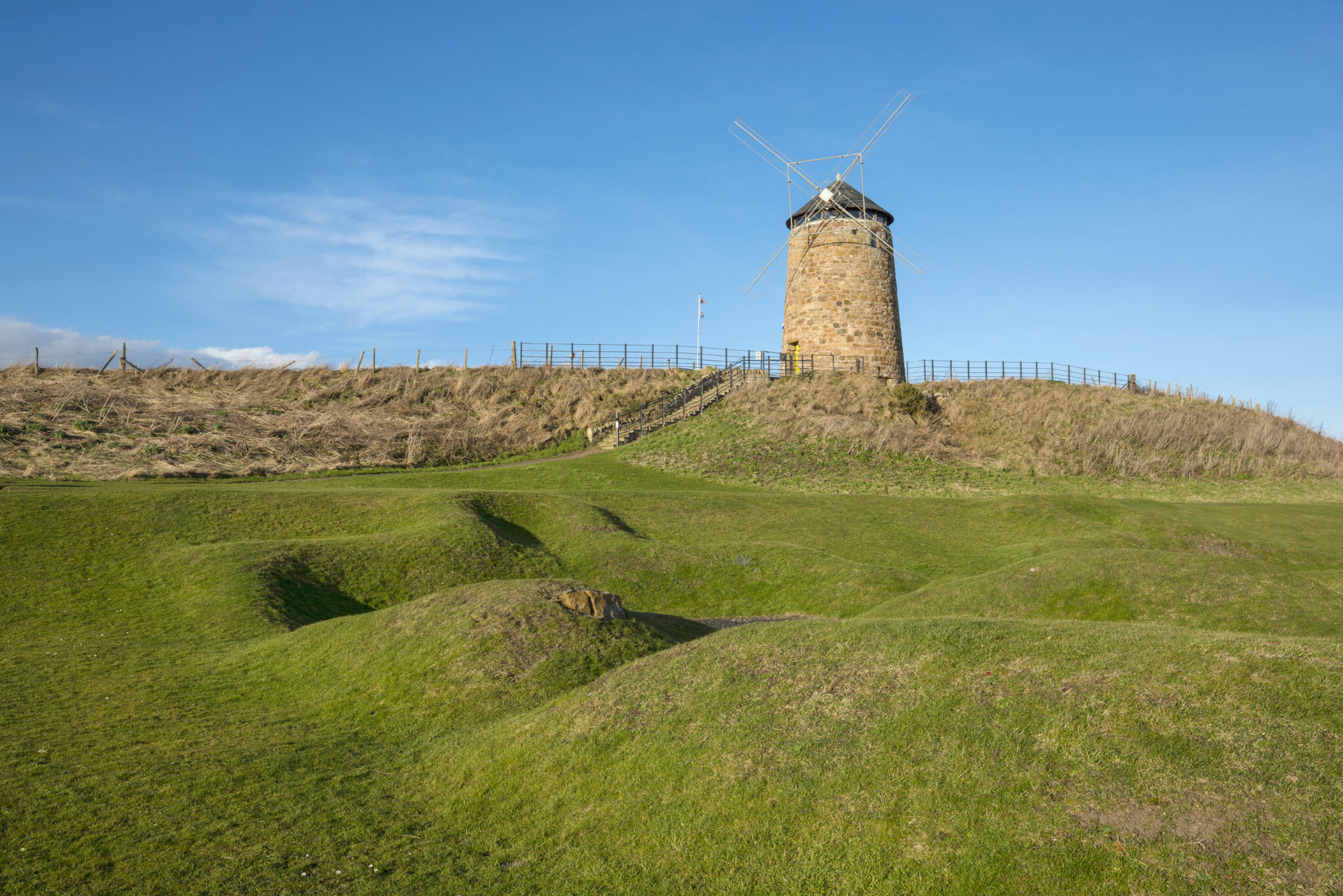
East Lomond Hillfort
Over 1,600 years ago, East Lomond hill was probably the power centre of an Iron Age tribe, possibly the Venicones (a name meaning ‘the hunting hounds’) and likely functioned as a centre for trade and craftsmanship, as well as a refuge in times of war.
It was later inhabited by Pictish kings as part of the Kingdom of Fib, from which Fife takes its name.
The enormous construction that once dominated this hill was built in two main phases in the Iron Age (700 BC – AD 500) and Early Medieval Period (AD 500 – AD 800) and was a place of power for almost 1,000 years.
Excavations carried out in 2014 with the help of local volunteers revealed an outer enclosure, stone buildings and three large walls which surrounded the summit. Excavators also found evidence of textile and food production, management of horses and metal-working.
In addition to this community dig, plenty of finds have been picked up and reported over the years (today, finders are required by law to report potential artefacts to Treasure Trove). These have included two leaf-shaped arrowheads found in 2000 and a polished stone axe discovered in 2003 which are all over 4,500 years old and now in the care of Fife Museums. These artefacts show that people occupied this hilltop long before the Iron Age.
Possibly the most famous find from the site is a carved stone depicting a bull thought to be a work of Pictish art, which is now on display in the National Museum of Scotland in Edinburgh. The bull may have been a symbol of power, with other examples found across Scotland.
Discovered around 1920, the bull stone from East Lomond hillfort is particularly interesting because it differs in detail from the more well-known examples from Burghead.
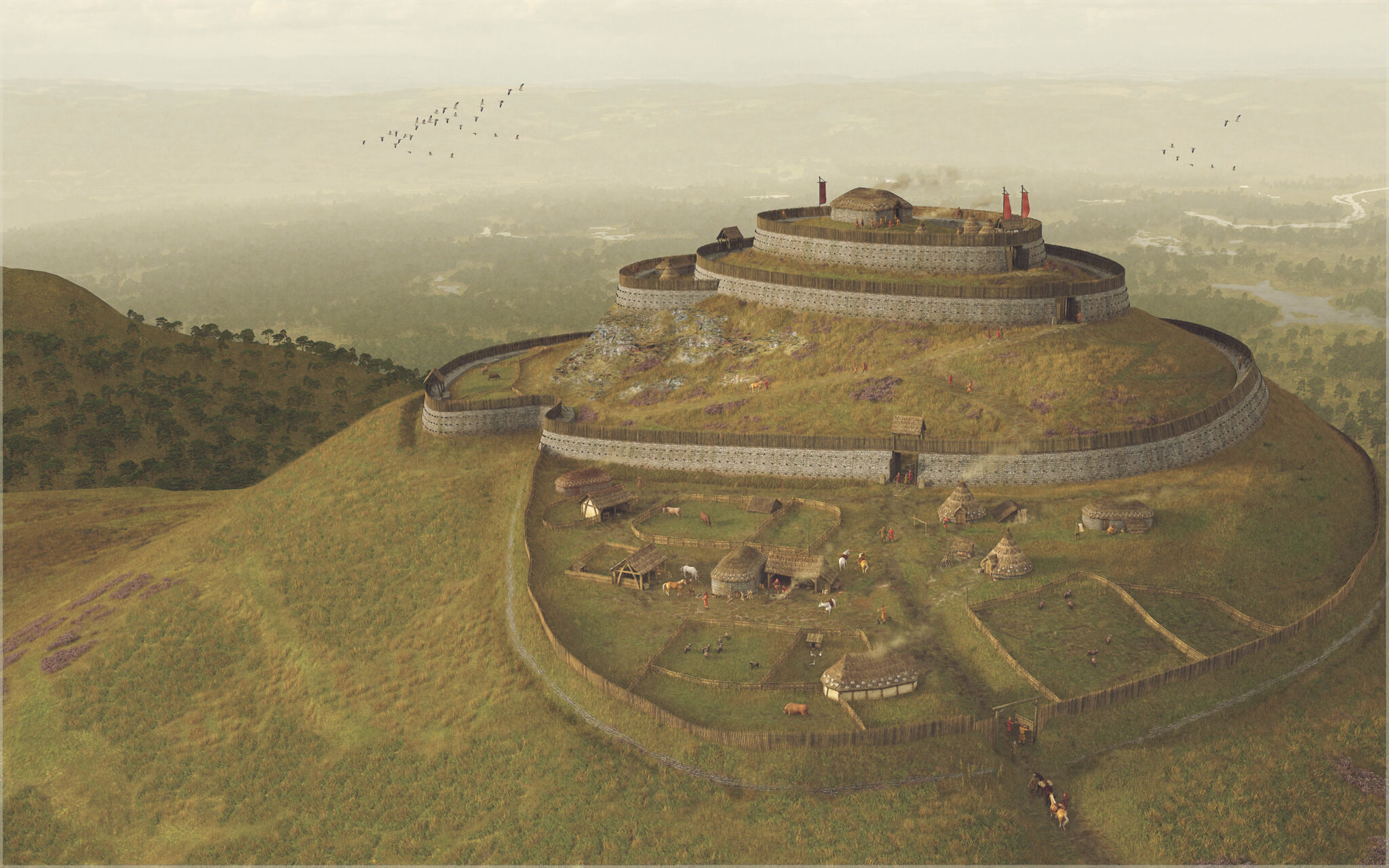
Wemyss Caves
On the Fife coastline north-east of Kirkcaldy lies the village of Wemyss and its six famous caves: protected ancient monuments which contain nationally important heritage, including a unique collection of carved symbols.
From at least the 19th-century to 2019, people have studied these ancient caves to learn more about who lived here and why they left dozens of curious symbols on the walls.
The earliest of the carvings are thought to date to the Bronze Age (around 4,500 to 2,800 years ago), while the majority are thought to have been made around 1,500 years ago by the Picts. The Pictish carvings, including a swan, horse, warrior figure, boat and fish, are among the earliest of their kind known in Scotland and are widely thought to represent the highest concentration of Pictish cave carvings in Britain.
Archaeologists working with the Save Wemyss Ancient Caves Society (SWACS) have created a full digital survey of the coastline and recorded all the carvings and surrounding landscape in detail which has already helped experts understand them better. For example, they now know that the Pictish carvings always appear on the most brightly lit walls of the caves.
The caves are often open for guided tours, but make sure to book your place in advance.
While you’re there, why not visit the nearby remains of Macduff Castle, a 14th-century red sandstone fortress built by the Wemyss family, descendants of the Macduff clan made famous in Shakespeare’s Macbeth?
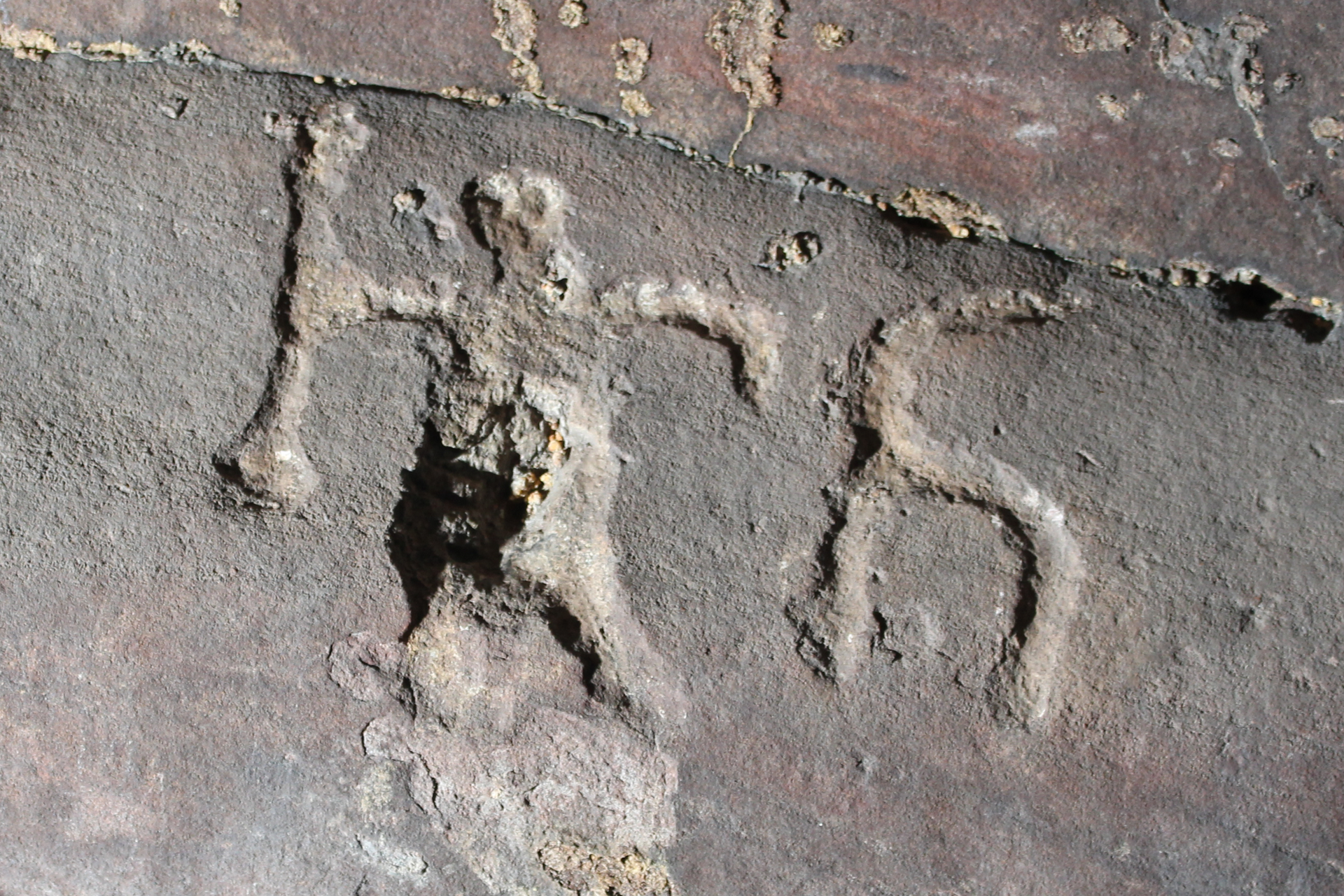
Dunfermline Abbey and Palace
Fife is home to the impressive remains of several medieval abbeys, priories and cathedrals, but Dunfermline Abbey is one of the most iconic.
Founded as a priory around 950 years ago, Dunfermline was made an abbey by King David I of Scotland and later became a royal mausoleum for several of the country’s greatest monarchs, including David I himself and his parents, King Malcolm III and Saint Margaret. Most famously, a body believed to be that of Robert the Bruce was unexpectedly unearthed in the abbey during building work in 1818. The adjacent royal palace is also where King Charles I was born in 1600 – the last monarch to be born in Scotland.
There has been much archaeological work in and around the site over the years, including investigations into the abbey’s medieval window glass. Three pieces from a collection uncovered by the great east window in 1818 (now in National Museums Scotland’s collections) were analysed and found to be around 750 years old. The combination of elements identified in the samples suggest that the glass was made in north-east France and imported to Scotland.
If you want to wander, the abbey and palace are at the heart of Dunfermline’s Heritage Quarter, showcasing one of the finest surviving medieval townscapes in Scotland which includes the Dunfermline Carnegie Library & Galleries next to the abbey.
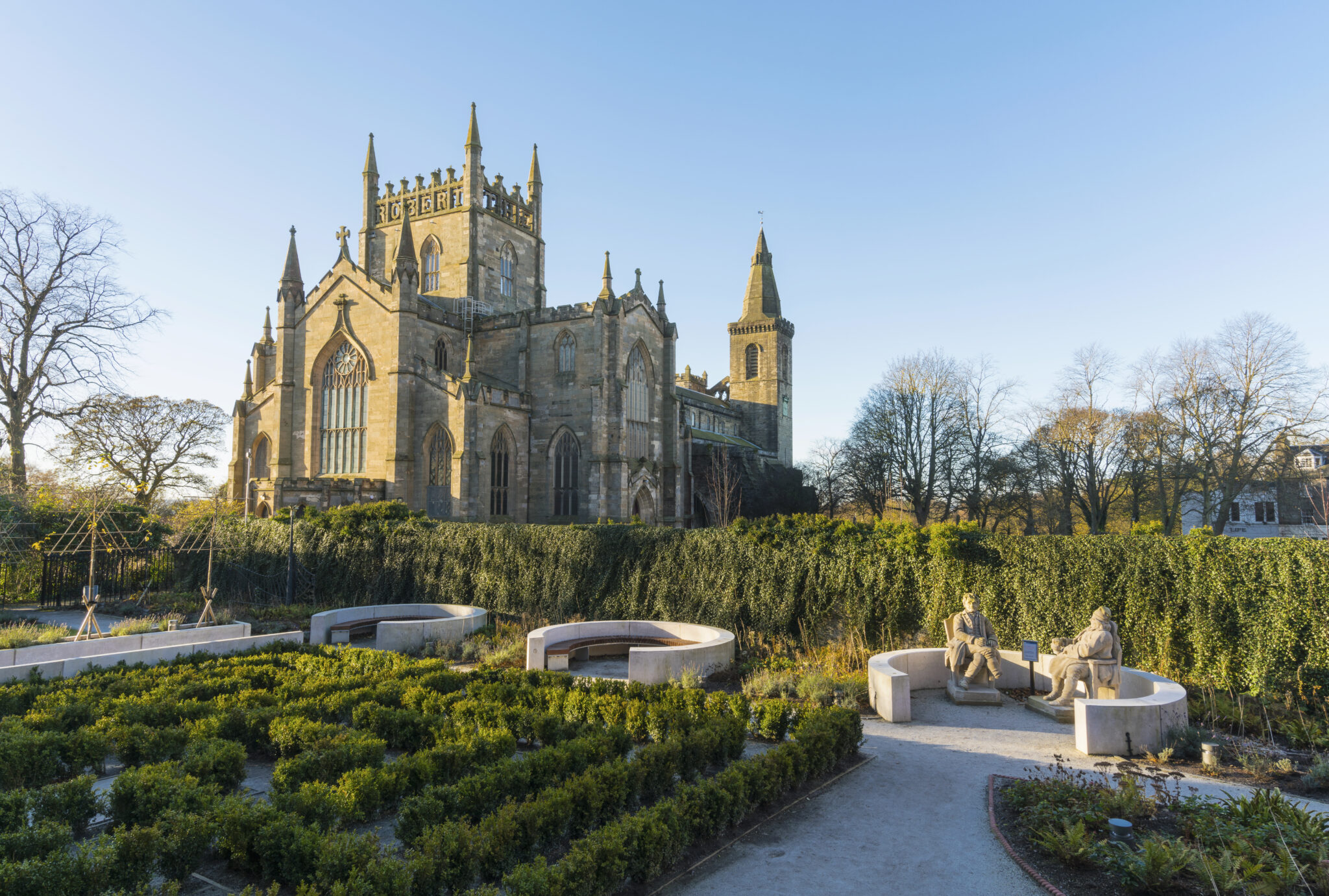
Burntisland Cup and Ring Marks
In 2003, two friends who had spent their childhood building dens among the rocky outcrops and crags of Binn Hill near Burntisland attended an exhibition on ancient cup and ring carvings. Remembering the strange geometrical shapes carved on the rocks where they’d played three decades earlier, they reported the site to experts.
Upon investigation, the marks at Binn Hill were found to be ancient artwork made by stone carvers around 4,000 years ago. Similar markings have been found throughout the Highlands and in Ireland, but this was the first time that multiple carvings of this kind had been discovered in Fife.
Fife Council Archaeologist Douglas Speirs said at the time: “We know of examples of this style mainly from Perthshire and Argyll, and even there they are rare, so to find one here in Fife is hugely important. The fact that one of the cup and ring marks has not been completed gives us confirmation of the method used to carve them.”
Pull on your walking boots and follow these directions to observe the markings for yourself.
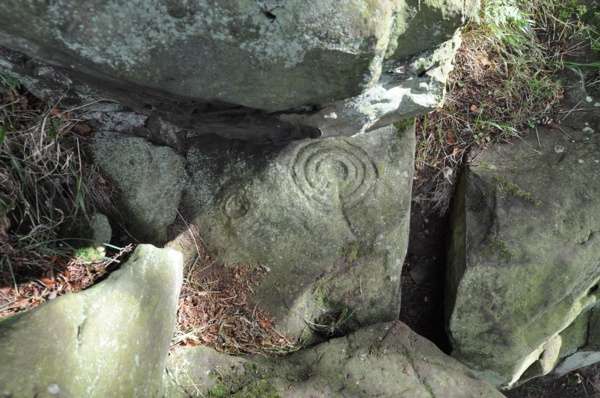
Our friends at Digit! have highlited their top 6 archaeological sites to visit in Fife.



